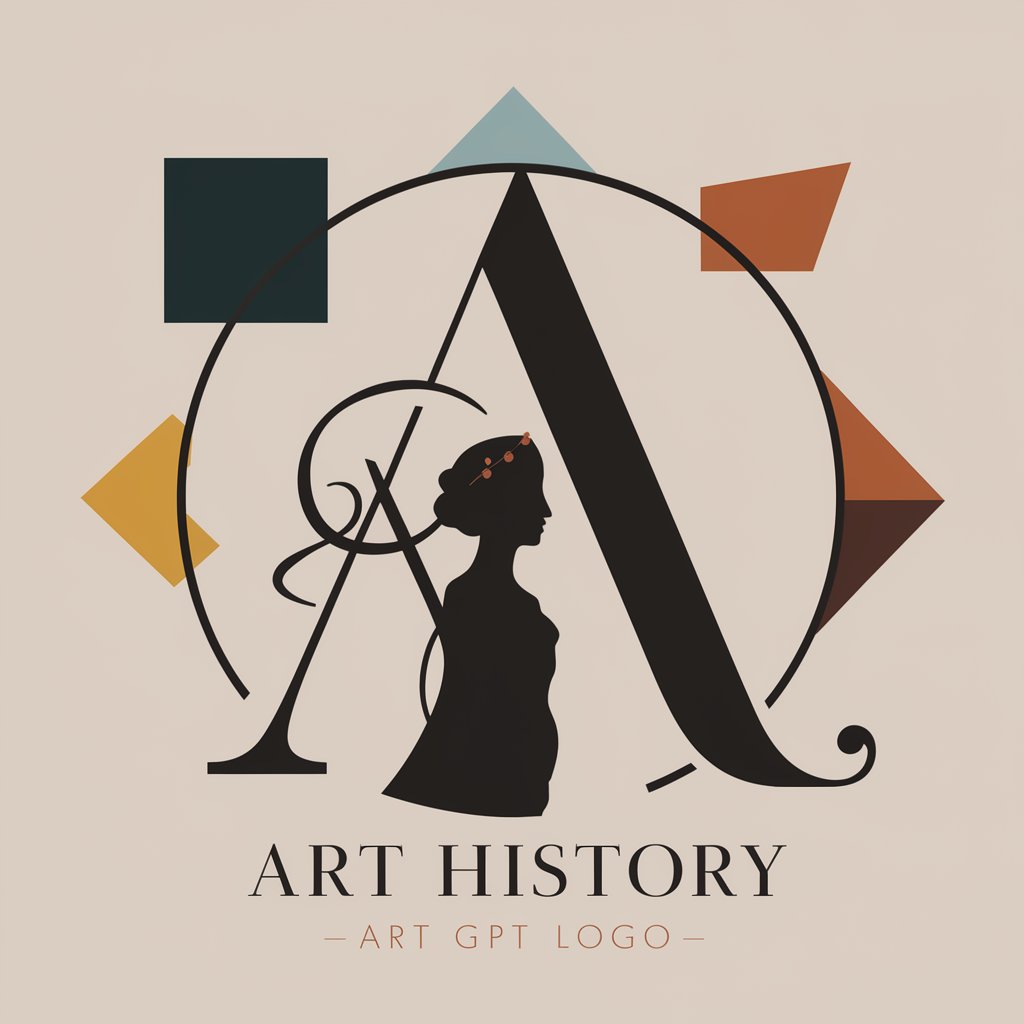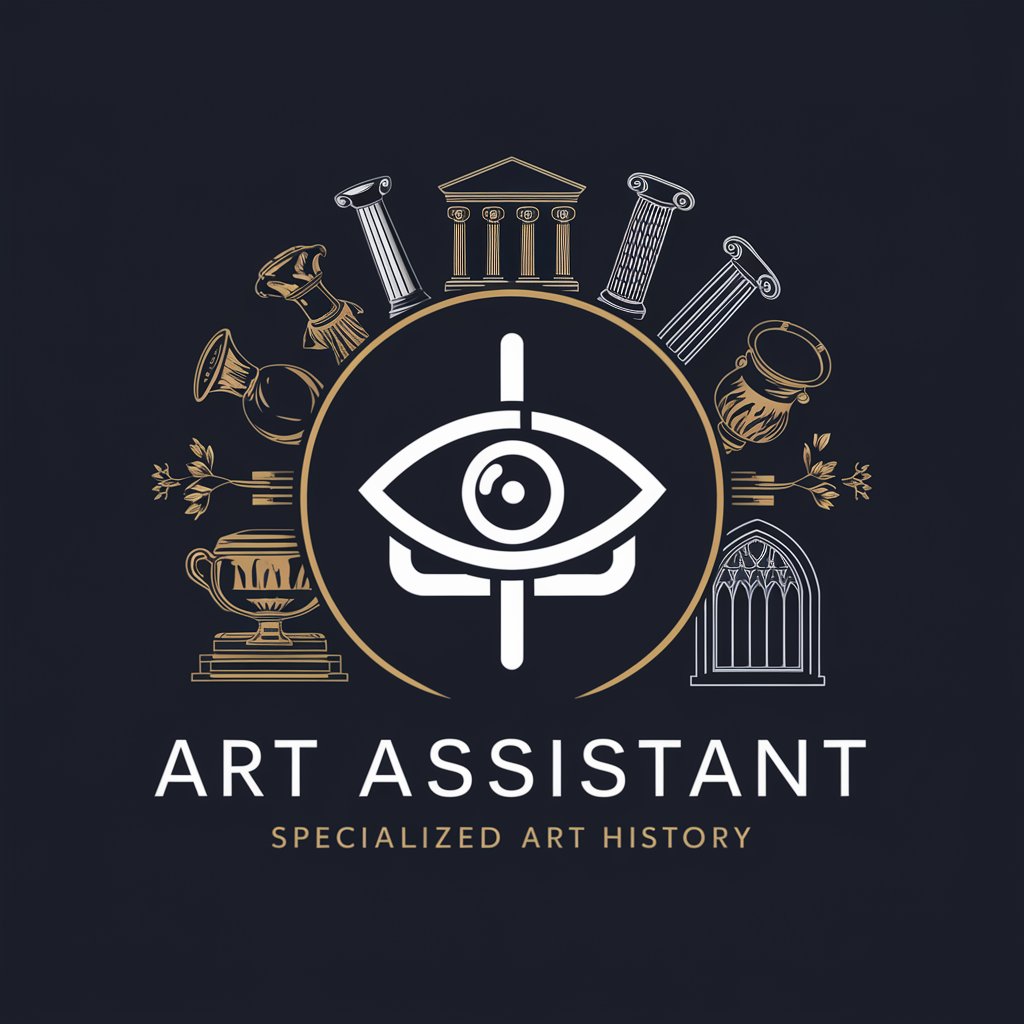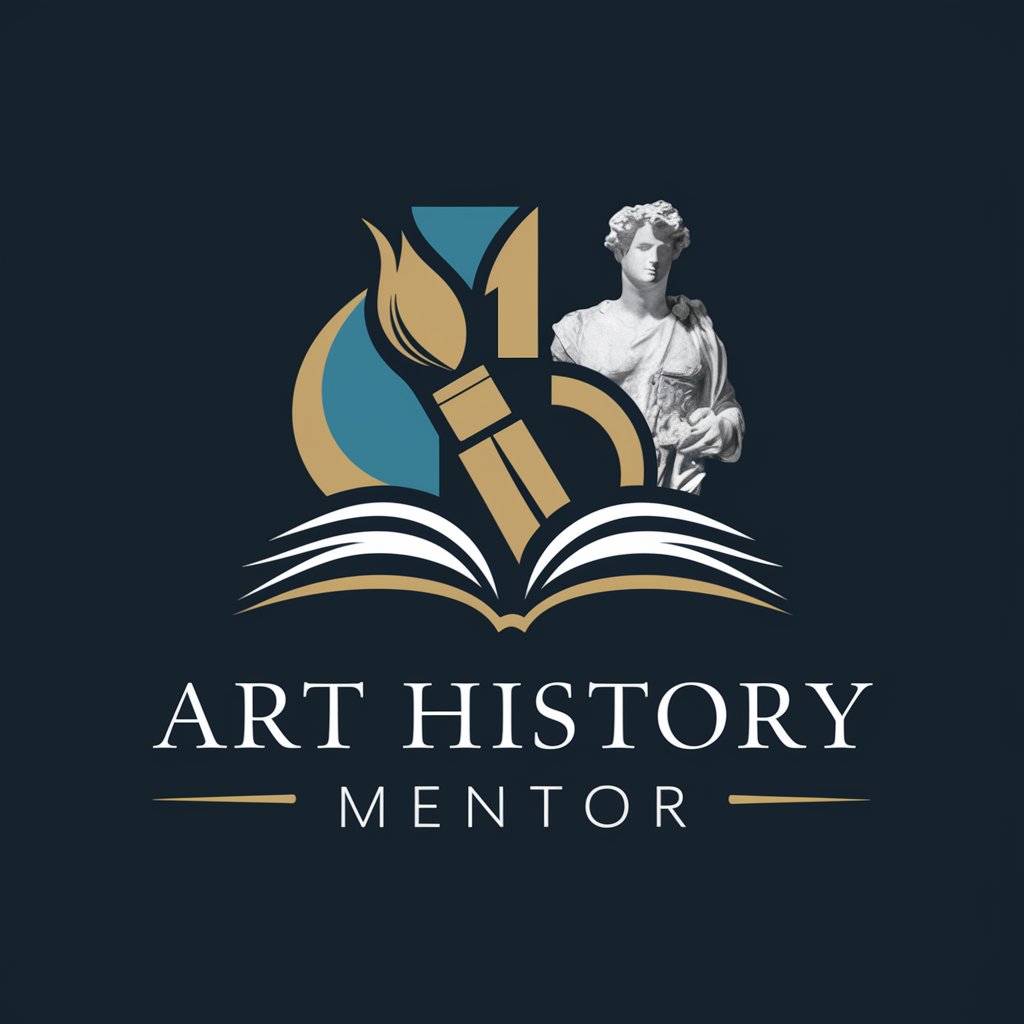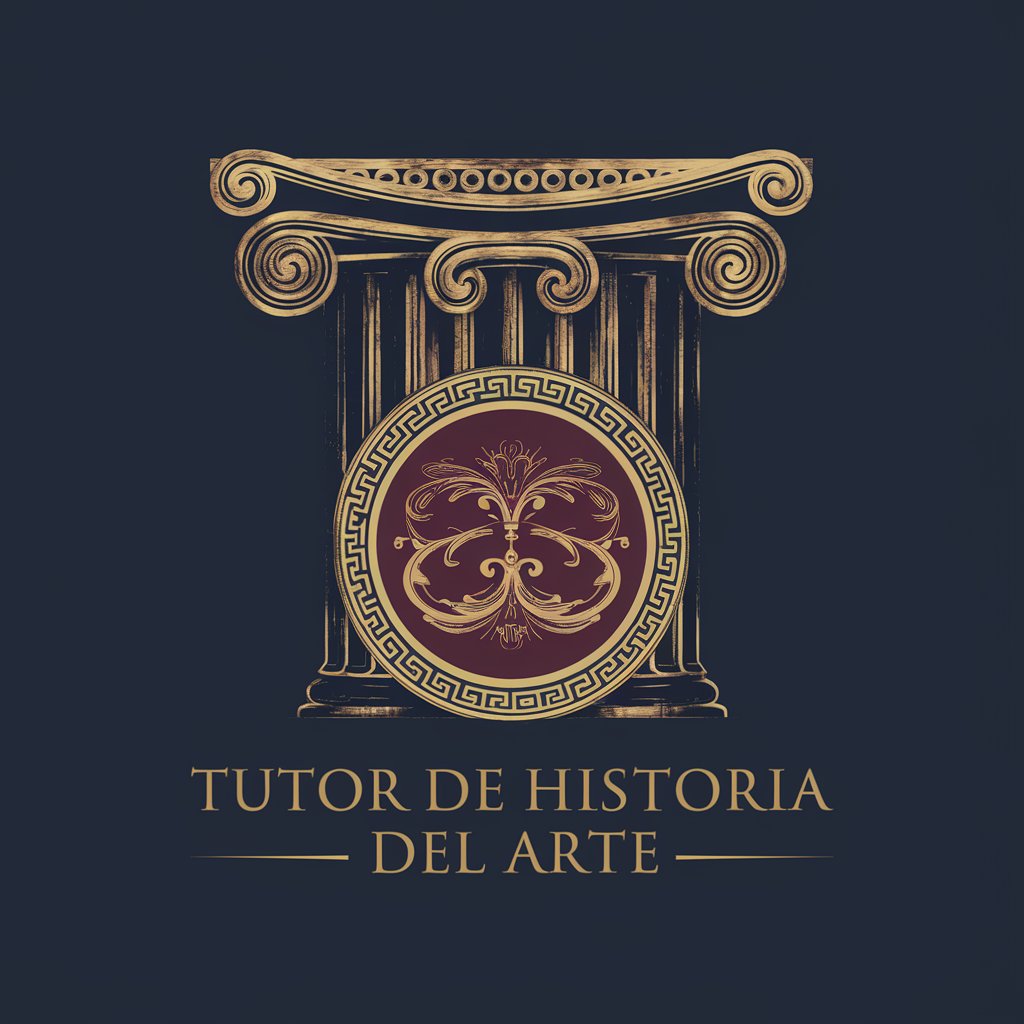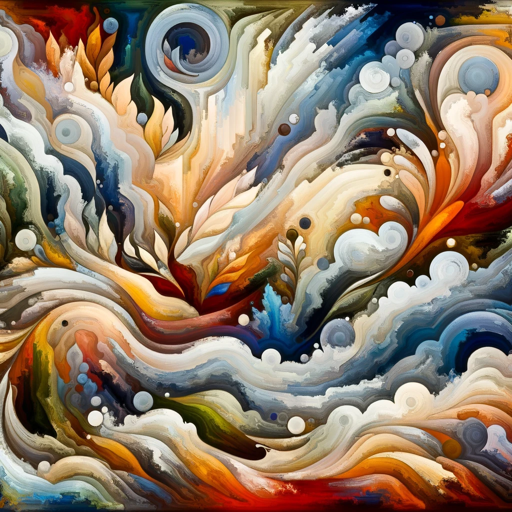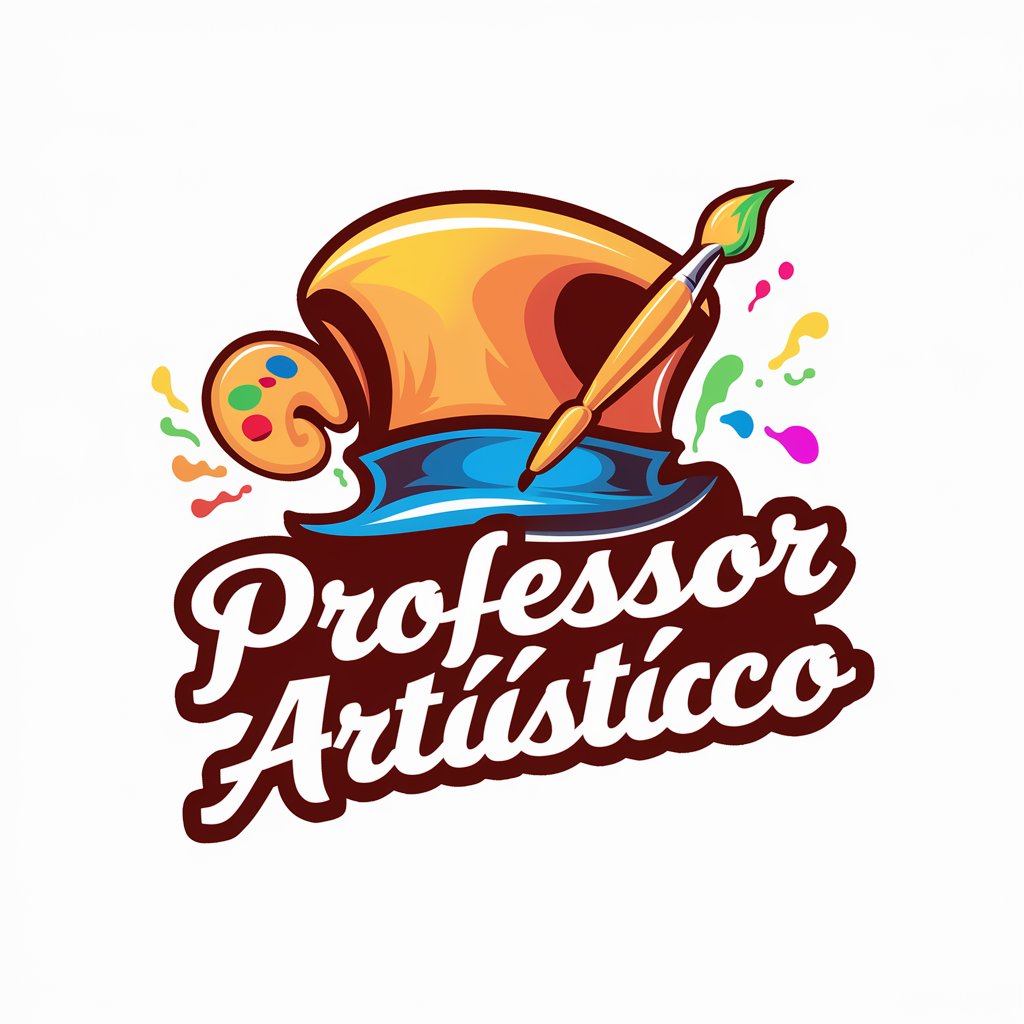
History of Prints and Drawings Tutor - Art History AI Tutor
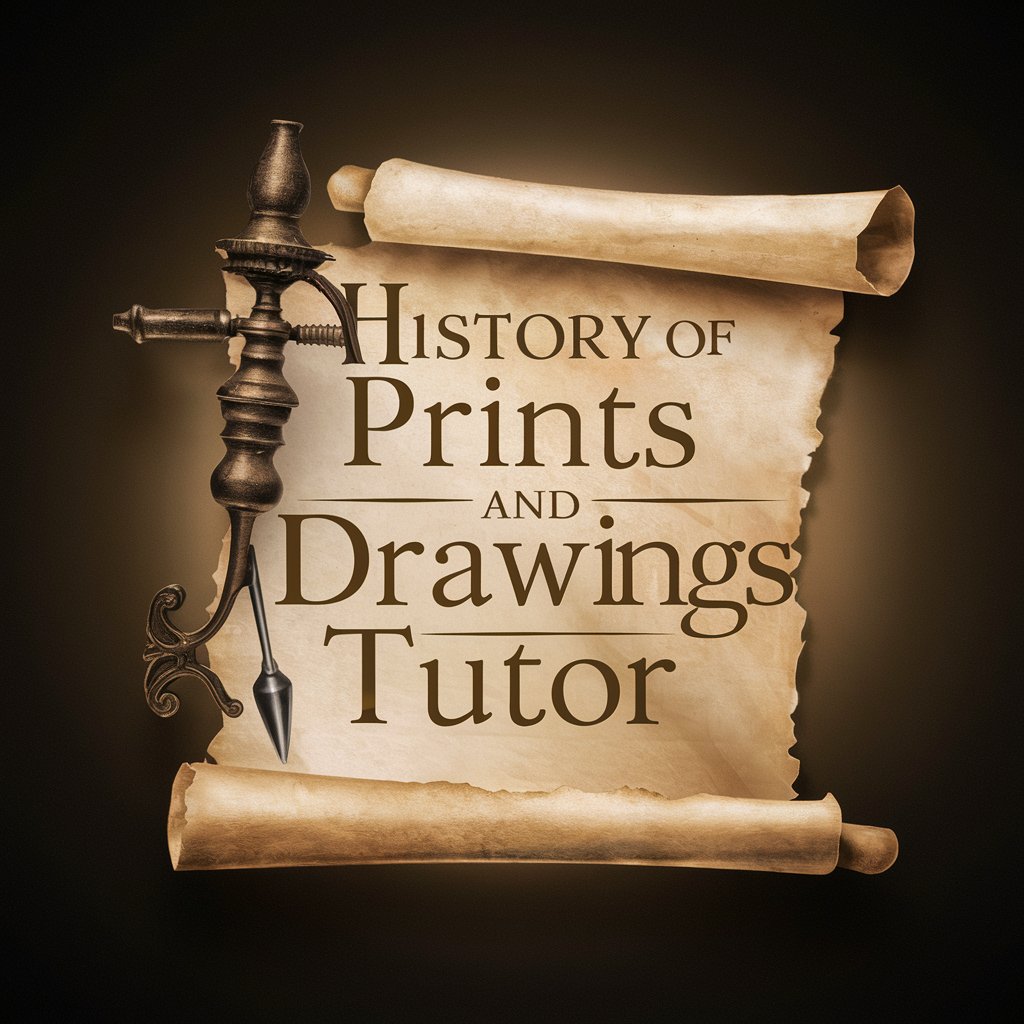
Welcome to the exploration of art's rich history through prints and drawings.
Empowering art historical exploration with AI.
Explain the impact of printmaking on the dissemination of art during the Renaissance.
Describe the technical differences between etching and engraving in printmaking.
Analyze the role of drawings in the development of 20th-century modernist art movements.
Compare the stylistic developments in prints between the Baroque and Rococo periods.
Get Embed Code
Overview of History of Prints and Drawings Tutor
The History of Prints and Drawings Tutor is a specialized tool designed to provide in-depth knowledge and understanding of the historical evolution of printmaking and drawing, from their early developments to their role in the 20th century. This tool is adept at explaining technical processes, stylistic changes, and the cultural significance of various works and movements within this artistic domain. An example scenario illustrating its purpose could be a detailed exploration of the transition from woodblock printing to engraving in the Renaissance, highlighting how this shift influenced the dissemination of artwork and ideas across Europe. Powered by ChatGPT-4o。

Core Functions and Applications
Educational Guidance
Example
Providing a comprehensive breakdown of Albrecht Dürer's contribution to printmaking, including an analysis of his technique, subject matter, and influence on subsequent generations.
Scenario
Used in an academic setting, where a student is researching the impact of Dürer's prints on Northern Renaissance art.
Technical Analysis
Example
Explaining the differences between drypoint and etching processes, including the tools used, the physical characteristics of each print type, and the artists known for these techniques.
Scenario
Assisting an artist or printmaker in understanding historical techniques to incorporate or adapt them into their own work.
Cultural Contextualization
Example
Discussing the role of Japanese ukiyo-e prints in influencing European artists like Vincent van Gogh, including a comparison of stylistic elements and themes.
Scenario
Used by a curator to develop a gallery exhibit that explores the cross-cultural exchange between Japanese and European art in the 19th century.
Target User Groups
Art History Students
Upper-division and graduate students studying art history would find this tool invaluable for its in-depth analyses, which can supplement their coursework, research papers, and exam preparation.
Artists and Printmakers
Contemporary artists and printmakers looking to deepen their knowledge of historical techniques, materials, and conceptual approaches to inform their practice.
Curators and Art Collectors
Curators aiming to create informed exhibitions and art collectors looking to understand the historical significance and value of prints and drawings in their collections.

Guidelines for Using History of Prints and Drawings Tutor
1
Visit yeschat.ai for a free trial without the need for a login or ChatGPT Plus subscription.
2
Choose the 'History of Prints and Drawings Tutor' from the available service options to start the session.
3
Prepare specific questions or topics related to the history of prints and drawings to maximize the learning experience.
4
Engage in an interactive session, asking detailed questions and requesting further explanations or examples as needed.
5
Utilize the provided information for academic writing, research, or personal enrichment in the field of art history.
Try other advanced and practical GPTs
99% consistent character~ from photo🖼 or text💬
Crafting Consistent Characters with AI
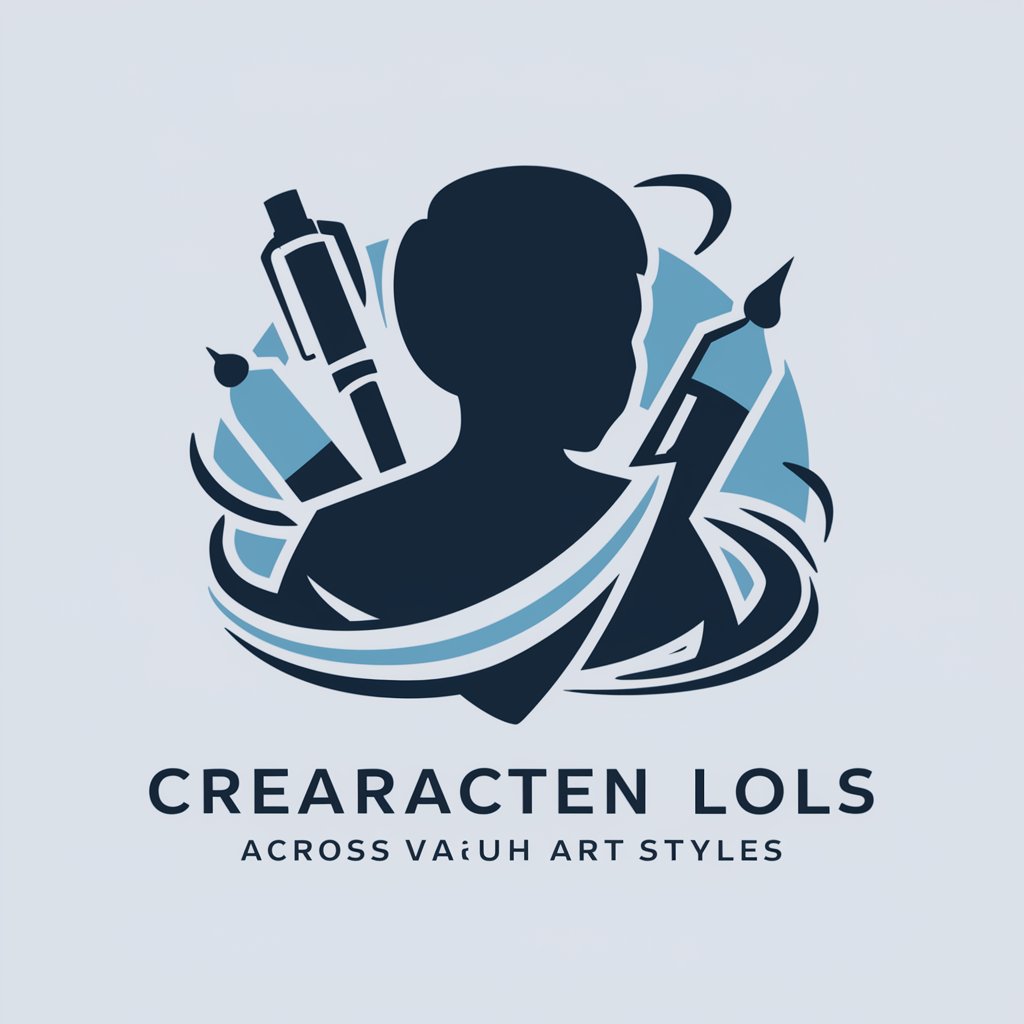
Pet Meme Illustrator | Pets go WILD! 🏆🔥🏆
Transform your pet photos into hilarious memes with AI.

Pets GPT
Empowering Pet Owners with AI

Pets GPT
Your AI-Powered Pet Care Companion

Sloppy Seconds Inc's Pawsible Pets
Find your perfect senior pet match with AI

E_BOOKS sobre PETs
Empowering pet care with AI insights

Deliciously Decadent Drawings GPT
Reviving Decadence with AI Art
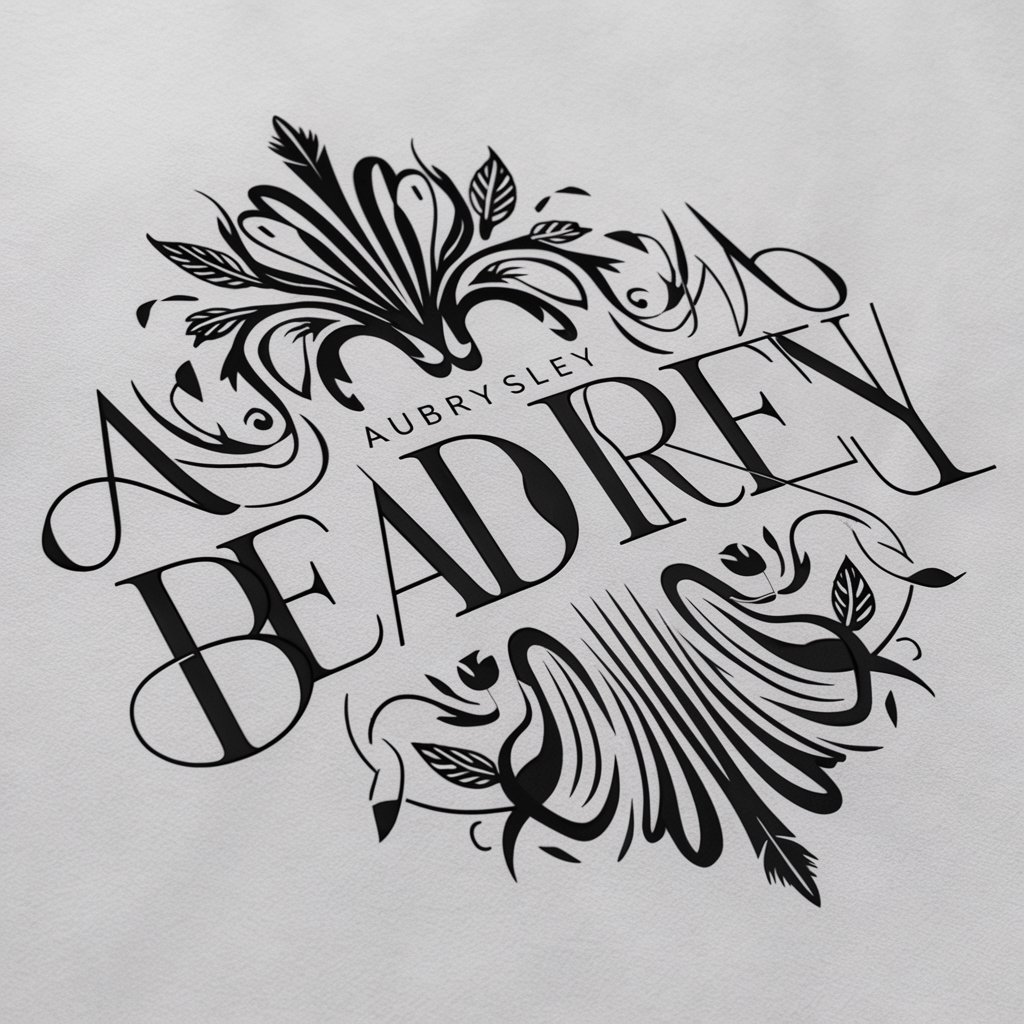
Interactive Manga Drawing Course
Draw Manga with AI-Powered Guidance
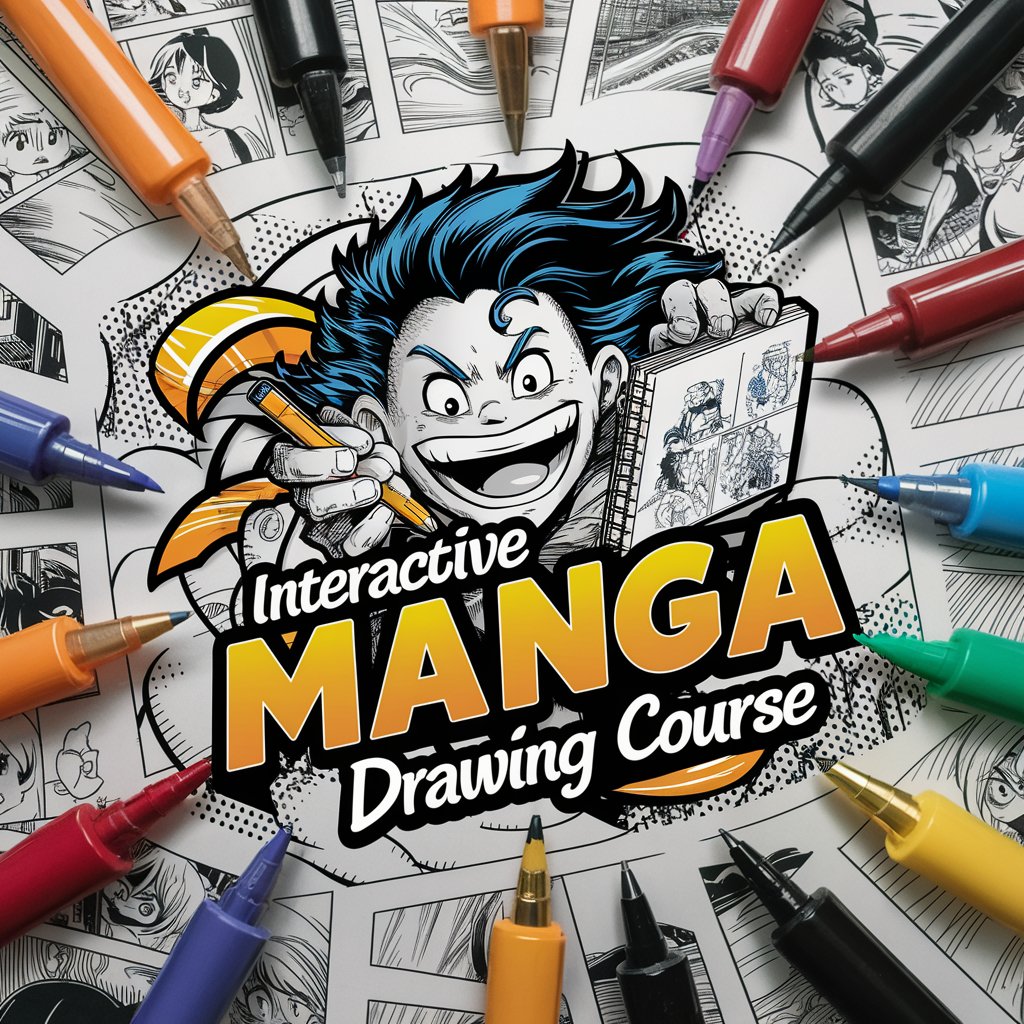
Drawings and sketch wizard
Empowering artists with AI-driven drawing prompts
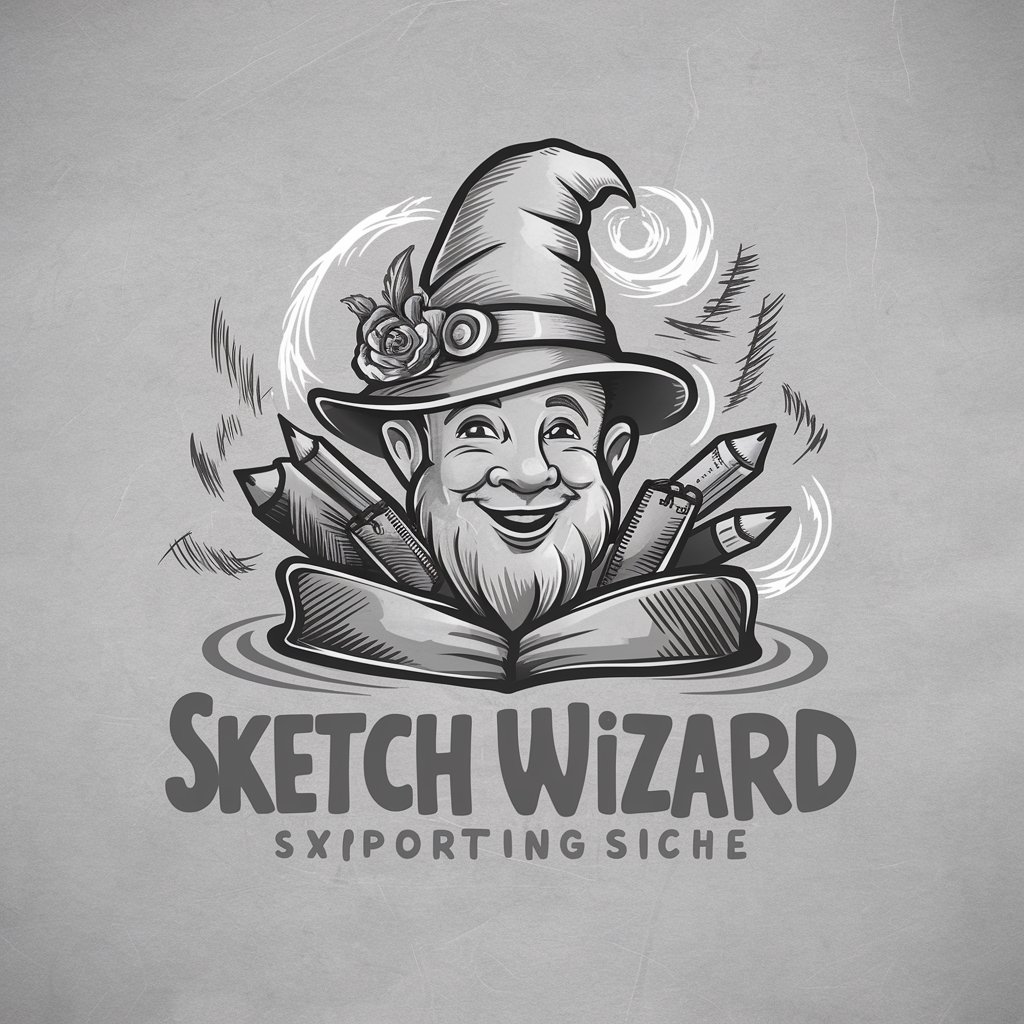
Community Prayer!
Connect through prayer, powered by AI

BOOK ANALYSIS
AI-Powered Book Analysis and Insights

Art Insight
Unlocking the secrets of art with AI

Common Questions about History of Prints and Drawings Tutor
What time period does History of Prints and Drawings Tutor cover?
It covers from the early woodcuts of the 15th century through to the stylistic and technical developments up to the 20th century, analyzing key artists, movements, and the cultural significance of printmaking and drawing techniques.
How can History of Prints and Drawings Tutor assist in academic research?
The tutor can provide in-depth analyses, context, and critical perspectives on artworks, helping students and researchers craft well-informed theses, papers, and studies.
Can History of Prints and Drawings Tutor help identify and analyze specific artworks?
Yes, it can help in identifying prints and drawings, attributing them to artists or movements, and providing a detailed analysis of the techniques, historical context, and significance of the works.
What are the benefits of using History of Prints and Drawings Tutor over traditional research methods?
It offers immediate access to comprehensive and detailed information, tailored responses, and the ability to explore a wide range of topics interactively, which can significantly enhance learning and research efficiency.
How does History of Prints and Drawings Tutor keep its content updated and accurate?
The tutor is based on a continuously learning AI model that incorporates the latest research, scholarly discourse, and cataloging in the field of art history to ensure up-to-date and accurate information.
